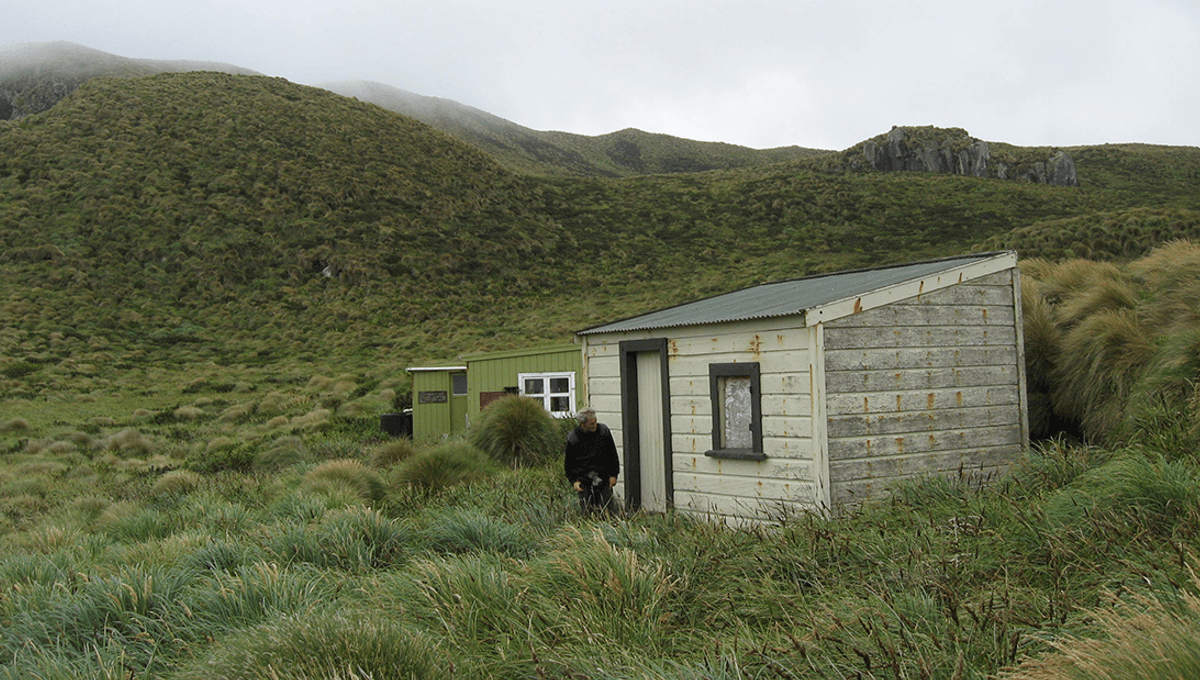
In the 1860s, a particularly tricky trade route from Australia and New Zealand to Europe saw an intolerable number of shipwrecks for boats that sailed upon it.
In one (or should that be two?) particularly noteworthy incident(s), the surviving crews of two ships found themselves shipwrecked on New Zealand’s Auckland Island, unaware of their fellow islanders.
In January 1864, a schooner named the Grafton was run aground on the sub-Antarctic island during a storm. Its five crew members survived and made it ashore, loading up a canoe with as much food, coffee, and tobacco as they could carry. The five survived for the next 19 months, living in shacks and surviving by eating sea lion pups, before three of the crew were able to sail to Stewart Island aboard the repaired boat, and send rescue for the remaining two.
In May that same year, the Invercauld was wrecked on the opposite side of the same island. The crew, led by a captain who maintained rank during the entire ordeal, fared much worse than the Grafton. Only three survived the winter, while some of the crew also resorted to cannibalism.
Following this and several other high-profile incidents, New Zealand’s Southland provincial government and several Australian states decided to start to leave provisions on uninhabited islands, for any potential unintended visitors during their stay.
The castaway depots, as they became known, were loaded up with supplies. They ranged from food stores to cabins where castaways could live while they awaited rescue. On suitable islands, sheep, goats, cows, and rabbits were introduced, in order to supply castaways with meat and milk.
On the rescue front, New Zealand had a plan too, sending several government-owned steamers to maintain the depots and check the islands for any stray survivors. Several crews made use of the depots after shipwrecks while the scheme operated, sometimes saving their lives, while they awaited a patrol boat for rescue, which came roughly every six months.
In 1907, the crew of the Dundonald famously made use of the a depot in order to survive. After running aground on Disappointment Island (real name), the 15 survivors managed to live off fish, birds, and a type of cabbage native to the island. The barren island gave them little to make shelter with, and the men slept in holes.
Seven months later, however, the crew was able to put together a small boat, which they used to sail to the depot on Auckland Island. They were able to live off the supplies they found for the next six weeks, before rescue arrived.
Source Link: Castaway Depots: The Story Behind The Shacks That Saved Shipwrecked Sailors' Lives